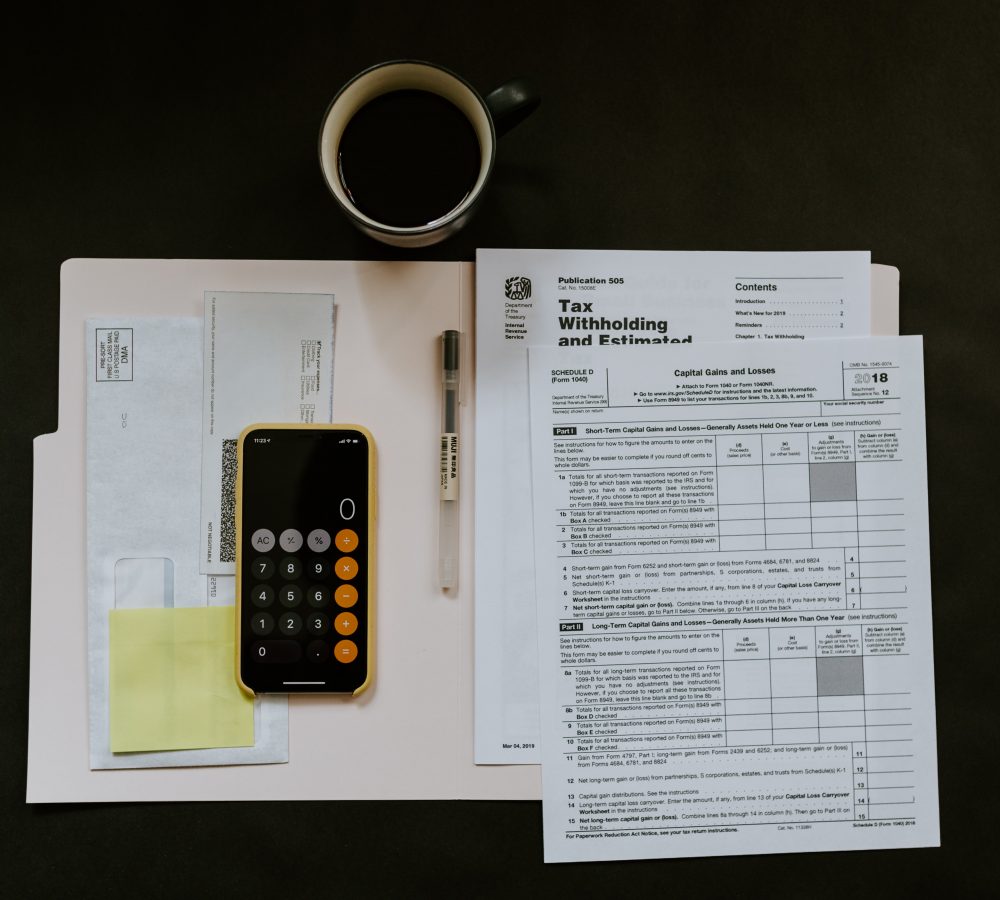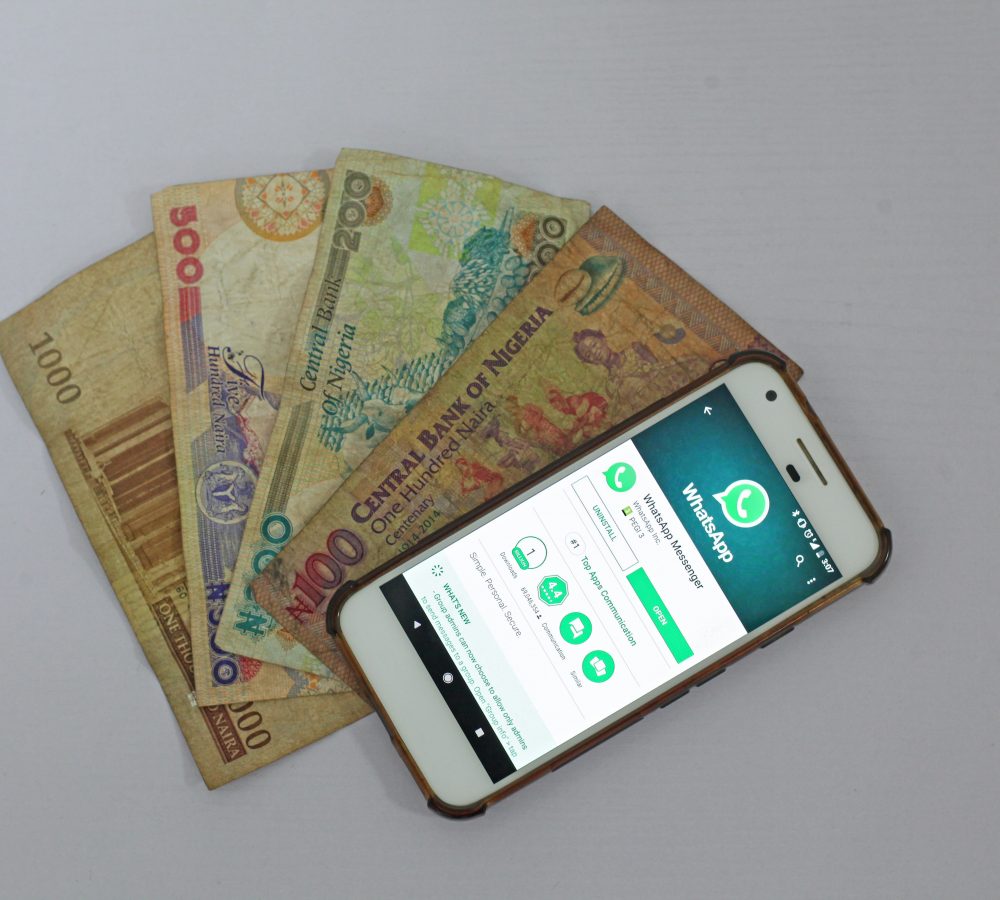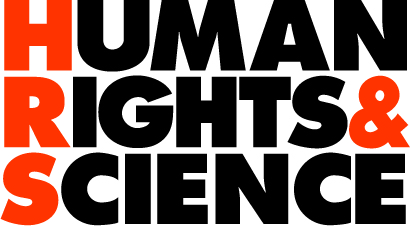Business Plan
The HR&S business plan is presented here.
Value proposition
- Seminars
- Webinars
- Workshops on-site
- Local coaching
- HQ coaching.
- Soft-loans to social entrepreneurs.
Annual running costs – except salaries
HR&S RISE Centres
Staff Reimbusrement
Per Actioninvest programme: Four coaches and one auditor, EUR 300 each; TOTAL EUR 1,500
Four months of webinars: Per Team-leader EUR 250.
Communication
Each Centre shall have minimum one computer, one cell-phone and one internet account.
It is the asset of the RISE Centre. The first package is managed by the team-leader.
- Internet EUR 150 per account and year.
- Computer procurement EUR 500.
- Cell-phone procurement EUR 200.
- Computer and cell-phone service and maintenance EUR 50 per year. Insurance.
EUR 1,000 1st year, then EUR 200 per year.

HR&S Sweden
EUR 10,000
Income
HR&S RISE Centres
Four months of Webinars: Feb-July
Each webinar can manage maximum 40 participants. 15 participants are allocated for the coordinating RISE Centre and 5 each for the other five RISE Centres.
Each participant pays EUR 10 and each Institution EUR 100 for maximum five participants.
The team-leader of the Coordinating RISE Centre (Feb Kenya, March Uganda, May Nigeria, June Togo, Future will tell about Burkina Faso and Liberia) can be reimbused EUR 100 and the Team-leader of the supporting RISE Centre EUR 50, if they raise minimum that amount. Thus each team-leader can earn EUR 250 annually on this activity.
The small profit will be saved on the RISE account Ledger RISE Centre webinars) and shall contribute to RISE Centre facilities.

Benefit from the lean-business model to ensure income
- Problem.
What are the problems that our product or service should solve for the customer?
(Aid dependency and the fragile infrastructure it creates.) - Solution.
What is our solution to this problem?
(Empower self-sustained scientific research, social enterprising and innovation. Value proposition: i) Strategy for change road-maps for scientific institution managers, social entrepreneurs and sustainable developers, ii) business loans, iii) RISE Centre business scaling support, iv) products and services to under-served communities through social enterprising, and v) coaching the aid and private sector to embrace equal partnership.) - The customer’s options.
How do customers solve their problem today?
(Aid financial donations and aid free services.) - Key figures.
What measurement values do we want to use to check that we are on the right path?
(i) No of contracts with institution managements, ii) no of RISE members, iii) level of business loans pay back, iv) level of social good delivered measure through TestE, v) no of contracts with the aid and private sector.) - Unique value proposition.
What exactly makes our solution worth buying?
xxx - Our competitive advantage.
Which one is it?
SfC tool and cross-cultural understanding. - Customer segment.
What does the ideal customer look like?
xxx - Channels.
In what ways can we reach our ideal customer?
xxx - “Early adopters”.
What does the ideal customer who buys first look like?
xxx
